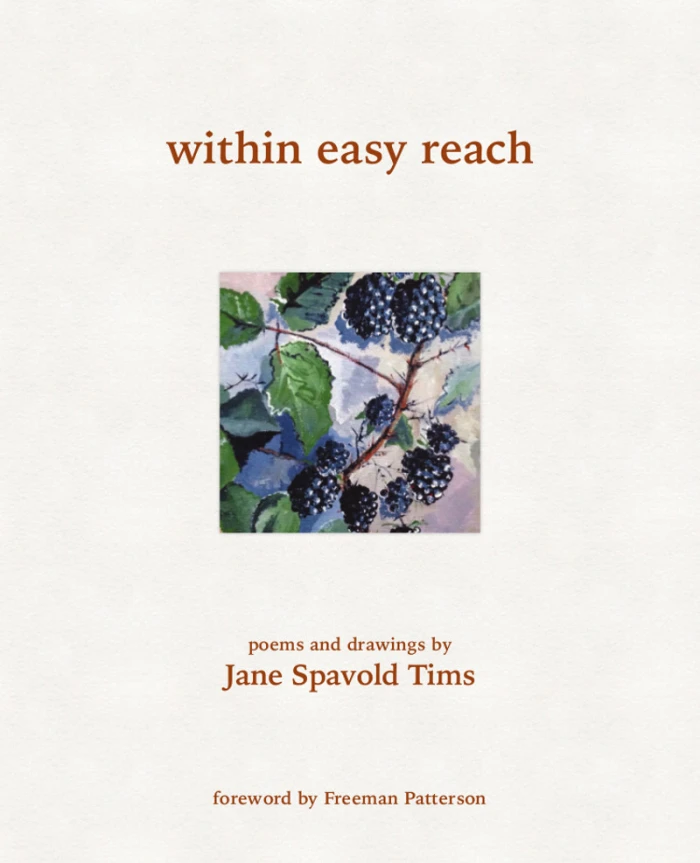growing and gathering – ethics
Some of the poems in my collection will address the ethics of eating wild plants as food.
As a botanist, I know how many wild plants are edible. However, I also know there are ethical considerations to eating wild plants.
Plants differ greatly in their availability. Eating Dandelion greens puts no pressure on the survival of the Dandelion. Weedy species in general respond well to being harvested, by putting out copious seeds, by filling in the spaces with new rhizomes and shoots, and by growing in many habitats and conditions.
However some plants are very specific in their requirements. They need certain conditions of light, moisture and soil to thrive and reproduce. On our own property, I have watched the Painted Trillium (Trillium undulatum Willd.) struggle to maintain its presence. The Painted Trillium needs acidic, rich soils and lots of shade. Remove a single tree, cut a new trail, or let the Balsam Fir overtake the understory, and the place where a few Trilliums grew in previous years is suddenly vacant. The young leaves of the Painted Trillium can be used as a pot herb, but should I pick them to add to my knowledge about eating local foods?
Many woodland plants deserve this special consideration. In his Flora of New Brunswick (2000), Hal Hinds wrote, of the Indian Cucumber-root (Medeola virginiana L.): “… Although this plant produces a deeply rooted, 2-3 cm edible white tuber with a bland cucumber taste and crisp watery texture, it is truly unfortunate to destroy the plant for such a tiny morsel…”
In some circumstances, harvesting and eating these rarer wildflowers would be acceptable. In the past, for example, people of the First Nations depended on wild plants for their existence. A lost hiker, needing sustenance or hope in an emergency situation, could be excused for eating any edible wild plant.
In other circumstances, rarity, the size of the population, and habitat health are probably the fundamental issues. Take the time to know a little about the plant you are thinking of picking. Is its habitat under stress or becoming hard to find? Is it rare, threatened or endangered? Local abundance may not be a deciding factor, since rare plants often grow abundantly where they are able to grow.
Eating local is an environmentally responsible life-style choice. It saves energy and supports local farmers. Eating local wild plants as food is a nutritious and thrifty way to supplement the larder. But these benefits must be weighed against the possible harm to plant populations.
Pick with some rules in mind. Understand the plant you harvest. Gather only what is sustainable. Sometimes this means gathering nothing at all.
~
~
Indian Cucumber-root
(Medeola virginiana L.)
~
step carefully
in your quest,
lured to the wood
by a sorceress
~
search carefully
among the shoots
for Indian
Cucumber-root
~
count carefully-
two layers of leaves
purple berries
stalk wool-sheathed
~
dig carefully-
below the stem
in dark, damp earth
awaits a gem
~
clean carefully
leave no trace
of the woodland soil
on the creamy face
~
taste carefully-
best to savour-
slightly celery
in flavour
~
think carefully
now you possess
one dead plant
and emptiness
~
~
© Jane Tims 2012






















I would love to take a walk with you through your forest…so much to learn. I don’t think I have seen an Indian cucumber-root. I’d love to know more about the corn lily…I always spot the beautiful indigo berries and have now learned to recognize it in bloom more by the leaves, than by the flower.
LikeLike
Deborah Carr
July 26, 2012 at 8:19 pm
Hi Deborah. I think my post for May 23, 2011 (Clintonia) shows the Corn Lily. After looking all over the place for it this spring, I found a single plant blooming by our fence! Jane
LikeLike
jane tims
July 27, 2012 at 7:25 am
Those are responsible thoughts- I agree!
LikeLike
Watching Seasons
July 26, 2012 at 5:50 pm
Hi. Thanks! Jane
LikeLike
jane tims
July 27, 2012 at 7:17 am
Hi Jane, I love your thoughts on sustainable picking. ‘one dead plant and emptiness’ is such a powerful way of putting it. And your drawing is beautiful. Those berries look so ripe and shiny!
LikeLike
stephanie
July 25, 2012 at 11:49 pm
Hi Stephanie. Thanks for your comments! Jane
LikeLike
jane tims
July 26, 2012 at 12:19 pm
Oh my gosh Jane,,,,I sooooo enjoy reading your poetry and every other inch of your blog.! Personally,,,I would never try to eat or steep “much of anything” without someone like you by my side guiding me. With my luck,,,I would have something that I shouldn’t have. And by the way,,,,I wouldn’t pick my Lady Slippers this year because of you. When I looked at those beautiful gems,,,all I could see was YOU.! I knew not to pick them but I still did (in previous years),, but I will not pick them ever again I promise. Can’t wait to see what tomorrow brings our way.?
LikeLike
patsi
July 24, 2012 at 2:15 pm
Hi Patsi. There was a time when I picked Lady Slippers too. Glad I am influencing you in the direction of good! ‘See’ you tomorrow!!! Jane
LikeLike
jane tims
July 24, 2012 at 10:34 pm
I think this has just become my current favourite poem. The first stanza captured me! I love this topic, too. Well said. Thanks, Jane.
LikeLike
Jane Fritz
July 23, 2012 at 11:01 pm
Hi Jane. The sorceress in the stanza is because Medeola is called after the sorceress Medea! Glad you liked the poem… it’s an older one and from the days when I tried more end- rhyme. Jane
LikeLike
jane tims
July 24, 2012 at 10:32 pm